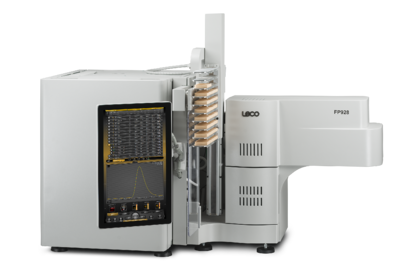
Juice’s popularity continues to rise year after year. Juice has risen to the forefront as a sustainable, vegan, and nutritious beverage option as consumers become more health- and environmentally-conscious. It doesn’t hurt that, as a result of the pandemic, people have shifted to entertaining at home and making their own mixed drinks with juice as mixers. But how does juice fare in terms of nutritional value?
Fruit juice does not always meet all of the nutritional requirements. Some sugary juices are actually losing popularity, as evidenced by PepsiCo’s sale of their Naked and Tropicana holdings. Juices that incorporate vegetables and other nutritional ingredients while maintaining light and fruity flavours are becoming increasingly popular.
Light, dairy-free drinks high in protein have seen a significant increase in demand. For more than just meat substitutes, plant-based proteins are seen as a more sustainable and humane alternative to animal-based proteins. Adding protein to a juice requires much more than simply stating that protein is present.
Measuring the amount of protein in the juice is an important step in the juice-making process. This is a type of quality control and process monitoring, as well as something that is required for nutritional labels and claims. It’s a task made easier by tools like LECO’s FP928 Nitrogen/Protein Analyzer.
This application note explains how the FP928 can quickly and accurately determine the protein content of juice samples.
